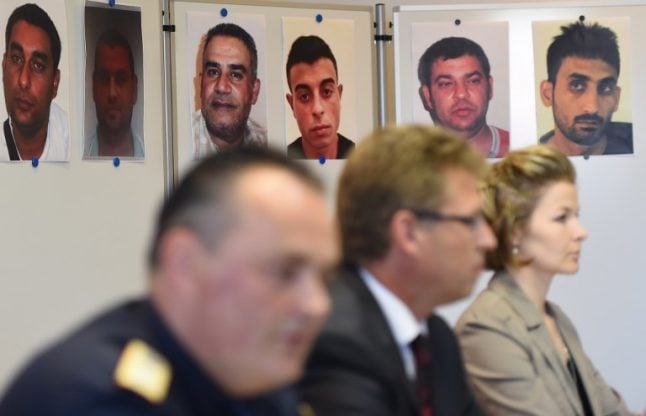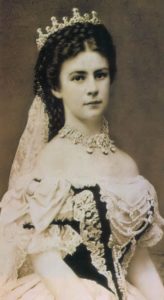The gruesome discovery of 59 men, eight women and four children crammed inside a poultry refrigerator lorry near the Hungarian border in August 2015 sparked widespread revulsion, and it highlighted the plight of refugees at the hands of merciless smugglers.
It also prompted countries along the now-shut western Balkan migrant route to open their borders to hundreds of thousands of people fleeing war and poverty, mainly in the Middle East.
The trial is being held in the Hungarian town of Kecskemet because authorities determined that the migrants' deaths had occurred in Hungary.
READ ALSO: Austria's migrant crisis – a year that changed the country
The defendants — 10 Bulgarians, one Afghan and one Lebanese national — are accused of human trafficking and torture.
Four have also been charged with “homicide with particularly cruelty” and face life imprisonment.
They include a 30-year-old Afghan identified as Samsoor L., thought to be the ringleader, and 26-year-old Bulgarian “death truck” driver Ivajlo S.
All have been in custody for nearly two years bar one suspect who remains at large and will be tried in absentia.
The court is expected to issue its verdicts by the end of the year.
Prosecutors claim that the men belonged to a ring that smuggled more than 1,200 people into western Europe at the height of the continent's migration crisis.
The group operated between February and August 2015, and brought migrants to Germany or Austria on a daily basis from June that year.
According to prosecutors, refugees were “often carried in closed, dark and airless vans unsuitable for passenger transport, in crowded, inhuman, excruciating conditions”.
In the case of the 71 asylum seekers, investigators found they had “suffocated in horrendous conditions” shortly after being picked up near the Serbian-Hungarian border.
'Screaming the whole time'
Some 59,000 pages of evidence have been gathered detailing the horror find on the side of the A4 motorway in Burgenland state on August 27th 2015.
An Austrian police patrol had spotted the deserted truck and noticed liquid dripping from the vehicle — decomposing body fluids, as it would later emerge.
Inside, officers discovered a sea of tangled limbs squashed into a 14-square-metre (150-square-feet) cargo container.
Among the corpses was a baby girl, not even a year old.
Investigations showed that the victims — all from Syria, Iraq and Afghanistan — had been dead for two days.
The extent of their ordeal was revealed in recently released transcripts of intercepted mobile phone conversations between the smugglers.
“They are screaming the whole time, you can't imagine what's happening here,” the driver is quoted as saying in the transcripts obtained by German media.
The suspected Afghan boss orders him to ignore the suffocating people and keep on driving: “If they die… drop them off in a forest in Germany.”
German newspaper Süddeutsche Zeitung reported that Hungarian police had intercepted the chats as part of an ongoing probe into the smuggling ring and failed to act.
But Hungarian officials said the conversations had not been listened to in real time but were recorded for later translation.
“If the Hungarian authorities had had a chance to stop this horrible tragedy, they would have done so,” Hungarian prosecutor Gabor Schmidt told the SZ.
Of the 71 victims, all except one have been identified. Most were repatriated to their home countries, while a dozen have been buried at a Muslim cemetery in Vienna.
A day after the death truck discovery, Samsoor L. and his gang had loaded another 67 migrants into a refrigerator lorry and again driven to Austria.
“This time the migrants could kick the door of the load area open, thus no one had died,” according to prosecutors.







 Please whitelist us to continue reading.
Please whitelist us to continue reading.